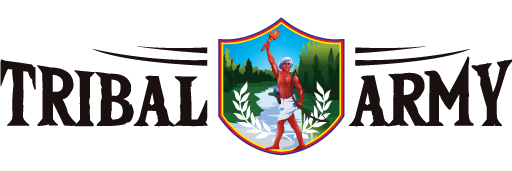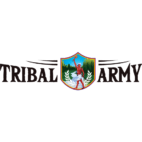भारत में 2011 की आखिरी जनगणना के आंकड़ों के अनुसार, आबादी में जनजाति समुदाय का हिस्सा 8.6% है। लेकिन आजादी के 75 वर्षों के बाद भी विकास की सीढ़ी पर वे सबसे निचले पायदान पर है। शिक्षा, स्वास्थ्य, पोषण, पीने का पानी, बिजली, सड़क जैसी मूलभूत सुविधाओं को हासिल करने में सबसे पीछे है। अभी भी इस समुदाय तक बुनियादी सुविधाएं पहुंचने का लक्ष्य हासिल नहीं हो सका है।
अत: किसी चुनौती का हल तलाश करने के लिए उस परिस्थिति को गहराई से समझना जरूरी है। ऐसे में केंद्र सरकार जनजाति समुदाय में सबसे कमजोर तबके के बारे में शोध कराएं, यह कोशिश प्रभावकारी साबित हो सकती है। केंद्र सरकार विशेष रूप से कमजोर तबकों या पीवीटीजी वर्ग के लगभग 28 लाख लोगों का मानव सूचकांक पता करने के लिए एक सर्वे कराने पर विचार करें। इसके जरिए यह जानकारी एकत्र की जा सकेगी खास तौर पर कि आदिवासी लोगों की जिंदगी में कैसे बदलाव आया और सरकारी नीतियों से उनके जीवन पर कितना प्रभाव पड़ रहा है। इस सर्वे से देश के 22 हजार गांवों में बसे आदिवासी समूहों के बारे में डेटाबेस तैयार हो सकेगा।
दरहसल, जनजातियों में भी विशेष रूप से कमजोर जनजातियों पर ध्यान देने की जरूरत आजादी के कुछ दशक बाद ही महसूस की गई। इसकी वजह यह थी कि जनजातियों के विकास के लिए जो भी योजनाएं लाई जाती थीं, उनमें से बड़ा हिस्सा इन समुदायों के ज्यादा विकसित और प्रभावशील समूह के लिया करते थे। फिर 1973 में यूएन डेबर आयोग ने जनजातियों को अलग करने की सिफारिश की। इस समूह को बाद में विशेष रूप से कमजोर जनजतीय समूह (पीवीजीटी) का नाम दिया गया। आज 705 जनजातियों में 75 पीवीजीटटी में, यानि विशेष रूप से कमजोर जनजातिय समूह में आती है। इनकी सबसे अधिक संख्या ओडिसा में है। जनजाति समुदाय के विकास की चुनौती का अंदाजा इसी बात से लगाया जा सकता है या तो जंगलों या पहाड़ियों या सूखे वाले इलाकों में रहती है। वक्त के साथ भारत के बढ़ते आर्थिक विकास का लाभ इन पीछे छूट गए इलाकों और इनमें बसे आदिम समुदायों को भी मिलना चाहिए।
Challenges and the Path to Development: Addressing the Tribal Community’s Struggles in India
According to the last census data from 2011 in India, the tribal community constitutes 8.6% of the population. However, even after 75 years of independence, they remain at the development ladder’s lowest rung. They lag in essential facilities such as education, healthcare, nutrition, access to clean drinking water, electricity, and roads. The goal of providing basic amenities to this community has not been fully achieved yet.
Therefore, it is crucial to understand the situation to solve these challenges sincerely. In this regard, the central government should research the most vulnerable sections within the tribal community. This effort can prove to be effective. The central government should consider surveying to identify the Human Development Index (HDI) of approximately 28 lakh people belonging to the most marginalized sections or the Particularly Vulnerable Tribal Groups (PVTGs). This survey will help gather information, especially about how the lives of tribal people have changed and the impact of government policies on their lives. It can also help create a database about the tribal groups residing in 22,000 villages nationwide.
Ionly a few decades after independence, special attention was given to the weaker sections within the tribal communities. This was because most of the schemes aimed at developing tribes primarily focused on the more developed and influential groups within these communities. Then, in 1973, the UN Debbar Commission recommended segregating tribal communities. This group was later called Particularly Vulnerable Tribal Groups (PVTGs). Out of the 705 tribal communities, 75 fall under the PVTGs, which are considered the most marginalized. Odisha has the highest number of PVTGs. The magnitude of the challenges faced in developing tribal communities can be understood from this fact, as they primarily reside in forests, hills, or arid regions. With time, the benefits of India’s advancing economic development should also reach these neglected regions and their indigenous communities.








